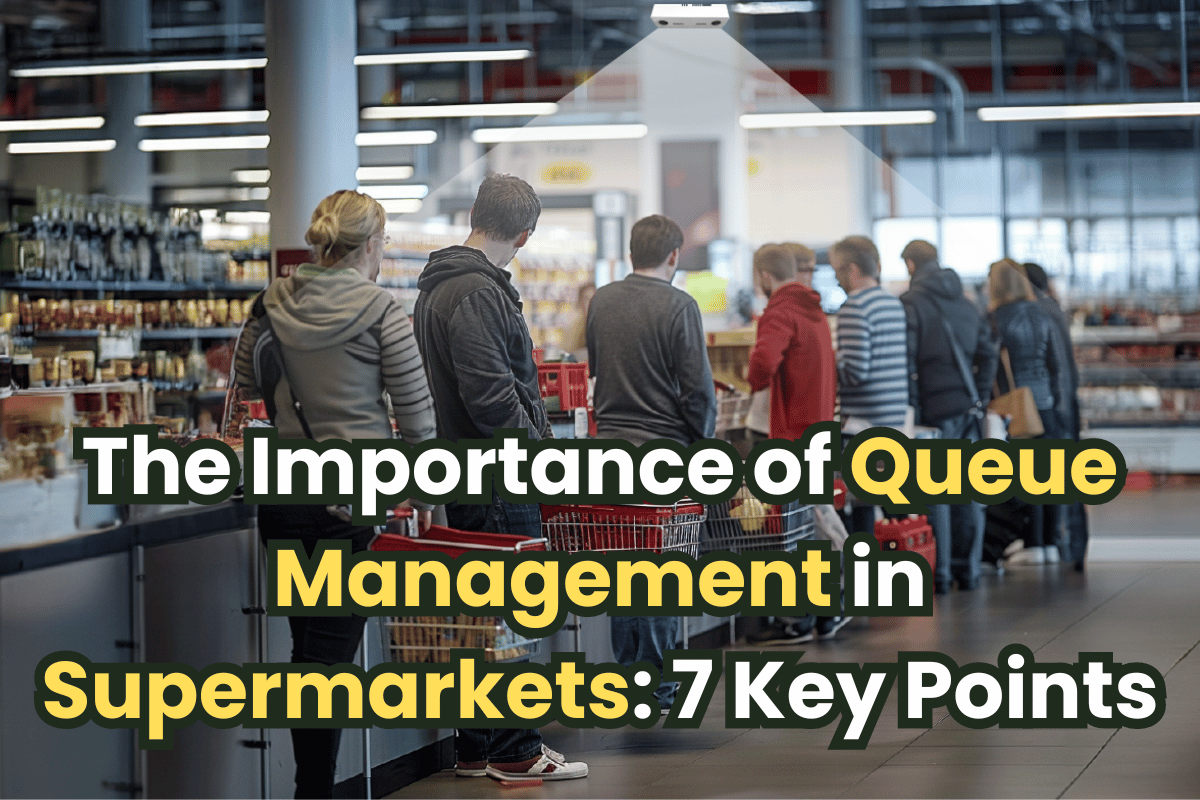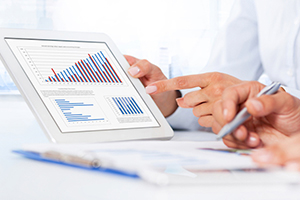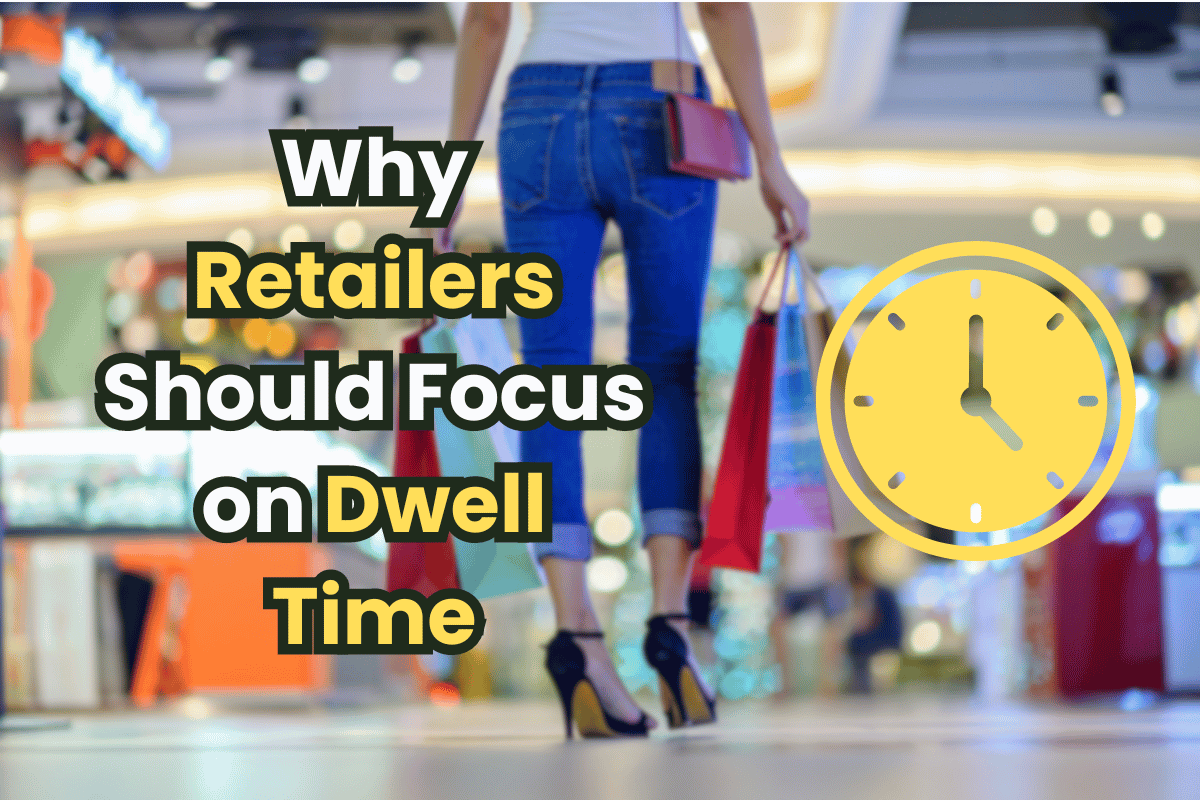Advertising is a powerful tool to draw attention to your brand or to a specific product you provide, but it used to be nearly impossible for a small to medium-sized business to find the right advertising space for promotions. However, trends throughout the years have reshaped the way businesses and advertisers communicate a message to their potential customers. The digital signage industry was the norm-breaker in this specific area and was born about three decades ago. It addressed the needs of all types of businesses, allowing them to use dynamic and powerful imagery to draw people into the stores and make more sales.
While the digital signage industry came to life in the early 1990s, it wasn’t until the 2000s that it started to become popular. Retailers of all sizes started using this advertising method as flat-panel screens became more available and affordable, and with the advancements in mobile internet, the cloud, and media players, any store —be they small or big— can make full use of digital signages. Knowing your target audience, specifically, their age group and gender is key to a successful advertising campaign. Using your time and energy to advertise a product to adult males when the said product is specifically designed for female customers in mind would be pointless and vice versa. While digital signage has come a long way and is quite impactful, a data-driven approach will make everything better for your retail business and significantly improve your draw-in rate.

In this article, you’ll learn all you need to know about the digital signage industry, how digital signage can be used to draw customers to your store, and why you need real-time demographics data to create successful digital signage ads.
What is Digital Signage?
Simply defined, digital signage refers to utilizing high-definition screens to strategically broadcast advertising or any other type of content in a dynamic, powerful, and attention-grabbing way. Digital signage has become fundamental for any retailer or organization that’s active in the physical space as it’s the easiest and the most effective method to deliver dynamic and eye-catching content at the right location, at the right time, and to the right people, provided you’re also using a reliable and accurate people counting technology.
Compared to traditional printed signage, digital signage enables you to reach audiences in a more effective and impactful way in real-time, and presents long-term savings, even if it may incur greater expense initially than printed materials. On top of that, digital signage can be effectively controlled and curated specifically for your target audience. Modern digital signage systems go hand-in-hand with traffic counting solutions that can identify demographics; allowing you to present different ads to different people.
The conventional methods used in printed signage not only limit retailers (and of course, other physical locations such as museums, libraries, expo and event centers, gyms, etc.) but they’re also quite expensive. Competing for a billboard on a high street would be both costly, and most likely not beneficial for a local store. Plus, printed signage is usually aimed at building and sustaining brand awareness, while digital signage offers all kinds of possibilities and flexibility.
Another major downside to traditional printed methods is they’re nearly impossible to make revisions once the sign is completed and put in place. Digital signage, meanwhile, lets you spread your message or offer more quickly and effectively. It’s more convenient too as it allows you to make changes easily even on the go, and save on printing costs.
How Can You Use Digital Signage to Boost Sales
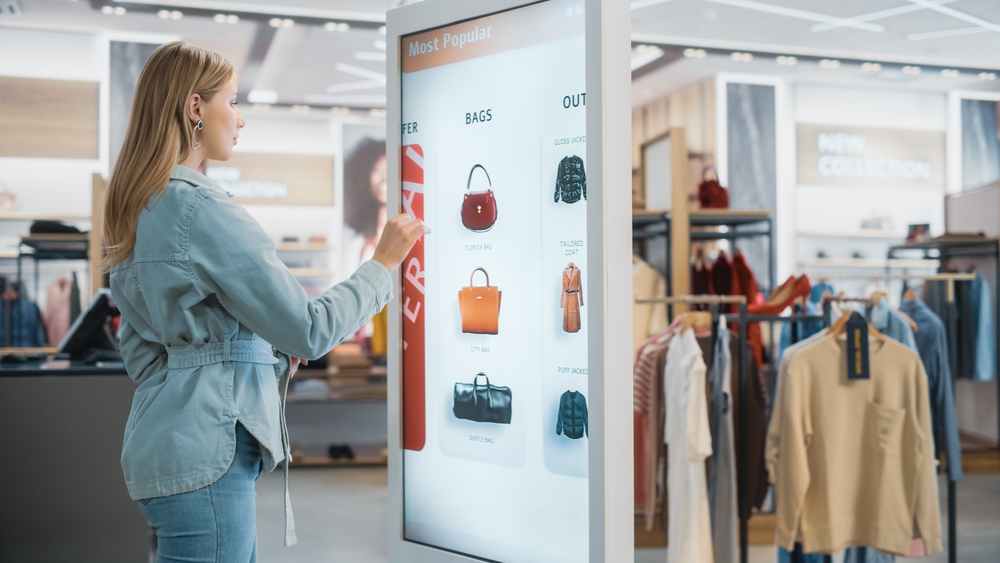
The digital signage industry continues to grow at an exponential rate across pretty much every industry. It’s especially beneficial for companies that show a strong presence in the physical world. From retail stores to museums and libraries, corporate lobbies to hotels, university campuses to events, and expo centers; they all heavily use digital signage because it’s an effective way to grab attention and deliver messages.
To get the most out of digital signage, you’d need another technology that supports it in a meaningful way. Knowing and understanding your audience and your potential customers is crucial to improve your draw-in rate and maximizing your revenue. Investing in a traffic counter that can tell the gender and age group of a person in real time will allow you to show dynamic ads specifically targeted at that demographic. In addition, if you save all that real-time data for further use and analysis, you will better understand your customers and this will enable you to cook up precise marketing campaigns and promotions.
Digital signage can also boost your sales and improve brand loyalty with targeted ads. Combined with real-time occupancy and membership systems, you can increase your brand awareness as well. Knowing who your customers are in real-time will allow you to tailor marketing to that specific audience and enable you to show unique ads to them. You can mix things up and build a loyalty reward program around it via live demographic analysis and turn visitors into customers. In-store video ads can also improve conversion rate and draw-in rates.
The content you show can be in a number of forms, it all depends on knowing and understanding your business and customers. You may display simple static text, crawling texts, still images, gifs, moving graphics, pre-recorded videos, or even live streams. You just need to figure out what you want to show and to whom, and when it comes to translating what your store is trying to tell you, no people counter can come close to what V-Count can offer.
Our Ultima sensors offer the highest accuracy (99%) and cover the most width on the market, can work under zero light conditions, comes with a cloud-powered in-house developed online dashboard, are fully GDPR compliant, and most importantly (in this case), they can detect gender and age groups with high accuracy.
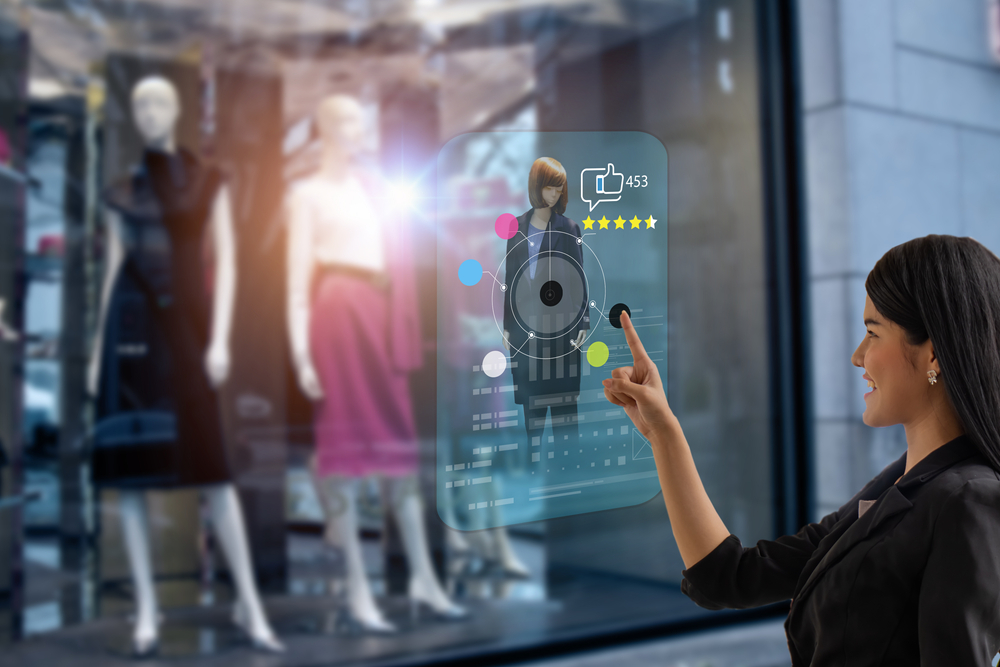
Real-Time Demographics and Digital Signage
Both digital signage and people counting have become affordable in recent years, even for small to medium-sized businesses. However, either solution can become very complex easily depending on several factors and your approach.
For starters, you need to decide on who you want to reach and where you want to reach them. Do you want to pull people passing by into your store with dynamic and impactful ads or convince people who’re checking your storefront to come in and cruise through it? Will you use digital signage inside your stores to keep customers informed about your promotions and improve dwell time? Perhaps your goal is set for immediate results and you want to convert these people into customers via discounts, rewards, or other types of promotions.
Your digital signage ads can be displayed according to the gender and age of your audience. For instance, you may opt to display jewelry for female customers, whereas, for male customers, you can display car ads. Your display can be adapted based on the average demographics of your audience if you are in a crowded area.
While digital signage is flexible and cost-effective, you should still have a budget around it and consider scalability for future growth. On top of that, you need to keep in mind who’ll create the content, and how you’ll manage and distribute it. These points bring you back to how beneficial having an accurate and reliable traffic counter at your physical locations would be. A precise real-time traffic counter would be able to draw customer journey maps and show you which zones are hot, allowing you to put your screens at the right spots for maximum impact.
If you’re interested in taking your brick-and-mortar business to the next level and gaining a competitive edge, make sure to reach out to us now and we’ll get you connected with one of our people counting experts when it suits you. They will help you find out which solutions and sensors can work best for your company and hook you up with a demo product.

